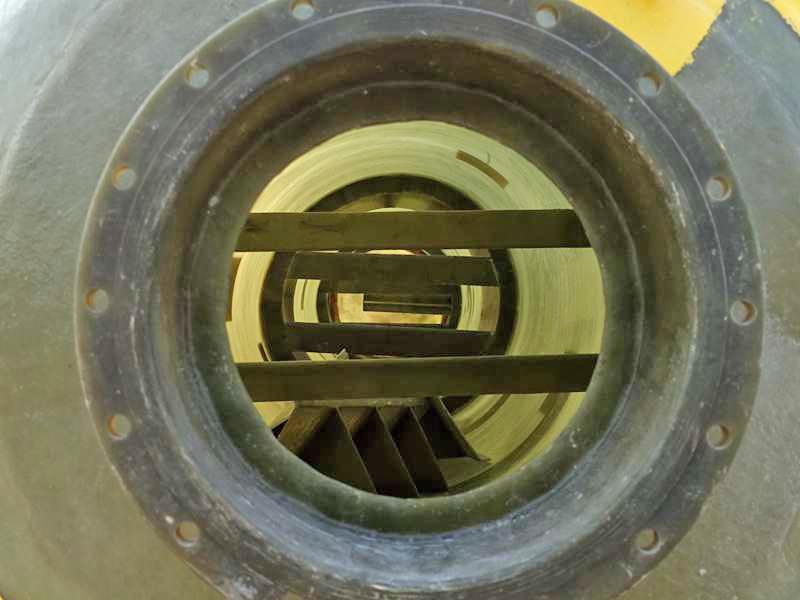
-
 Afrikaans
Afrikaans -
 Albanian
Albanian -
 Amharic
Amharic -
 Arabic
Arabic -
 Armenian
Armenian -
 Azerbaijani
Azerbaijani -
 Basque
Basque -
 Belarusian
Belarusian -
 Bengali
Bengali -
 Bosnian
Bosnian -
 Bulgarian
Bulgarian -
 Catalan
Catalan -
 Cebuano
Cebuano -
 China
China -
 China (Taiwan)
China (Taiwan) -
 Corsican
Corsican -
 Croatian
Croatian -
 Czech
Czech -
 Danish
Danish -
 Dutch
Dutch -
 English
English -
 Esperanto
Esperanto -
 Estonian
Estonian -
 Finnish
Finnish -
 French
French -
 Frisian
Frisian -
 Galician
Galician -
 Georgian
Georgian -
 German
German -
 Greek
Greek -
 Gujarati
Gujarati -
 Haitian Creole
Haitian Creole -
 hausa
hausa -
 hawaiian
hawaiian -
 Hebrew
Hebrew -
 Hindi
Hindi -
 Miao
Miao -
 Hungarian
Hungarian -
 Icelandic
Icelandic -
 igbo
igbo -
 Indonesian
Indonesian -
 irish
irish -
 Italian
Italian -
 Japanese
Japanese -
 Javanese
Javanese -
 Kannada
Kannada -
 kazakh
kazakh -
 Khmer
Khmer -
 Rwandese
Rwandese -
 Korean
Korean -
 Kurdish
Kurdish -
 Kyrgyz
Kyrgyz -
 Lao
Lao -
 Latin
Latin -
 Latvian
Latvian -
 Lithuanian
Lithuanian -
 Luxembourgish
Luxembourgish -
 Macedonian
Macedonian -
 Malgashi
Malgashi -
 Malay
Malay -
 Malayalam
Malayalam -
 Maltese
Maltese -
 Maori
Maori -
 Marathi
Marathi -
 Mongolian
Mongolian -
 Myanmar
Myanmar -
 Nepali
Nepali -
 Norwegian
Norwegian -
 Norwegian
Norwegian -
 Occitan
Occitan -
 Pashto
Pashto -
 Persian
Persian -
 Polish
Polish -
 Portuguese
Portuguese -
 Punjabi
Punjabi -
 Romanian
Romanian -
 Russian
Russian -
 Samoan
Samoan -
 Scottish Gaelic
Scottish Gaelic -
 Serbian
Serbian -
 Sesotho
Sesotho -
 Shona
Shona -
 Sindhi
Sindhi -
 Sinhala
Sinhala -
 Slovak
Slovak -
 Slovenian
Slovenian -
 Somali
Somali -
 Spanish
Spanish -
 Sundanese
Sundanese -
 Swahili
Swahili -
 Swedish
Swedish -
 Tagalog
Tagalog -
 Tajik
Tajik -
 Tamil
Tamil -
 Tatar
Tatar -
 Telugu
Telugu -
 Thai
Thai -
 Turkish
Turkish -
 Turkmen
Turkmen -
 Ukrainian
Ukrainian -
 Urdu
Urdu -
 Uighur
Uighur -
 Uzbek
Uzbek -
 Vietnamese
Vietnamese -
 Welsh
Welsh -
 Bantu
Bantu -
 Yiddish
Yiddish -
 Yoruba
Yoruba -
 Zulu
Zulu
frp customized fittings
Exploring Customized Fittings in FRP The Future of Material Engineering
In the realm of material engineering, Fiber Reinforced Polymer (FRP) has emerged as a game-changing solution across various industries. The versatility and strength of FRP make it an ideal choice for applications ranging from construction to automotive sectors. However, what truly sets FRP apart is the ability to customize fittings tailored to specific project requirements, thereby enhancing both performance and efficiency.
Exploring Customized Fittings in FRP The Future of Material Engineering
One of the significant advantages of using customized FRP fittings is their lightweight nature. Compared to traditional materials like steel or concrete, FRP can significantly reduce transportation and installation costs. The ease of handling customized FRP fittings makes them an attractive choice for many projects, particularly in sectors like construction, where mobility and speed are critical.
frp customized fittings

Moreover, FRP boasts impressive resistance to corrosion and environmental degradation. This durability is particularly beneficial in harsh conditions, such as marine environments or industrial settings. Customized fittings can be engineered to further enhance these properties, ensuring longevity and reducing maintenance costs.
The manufacturing process for custom FRP fittings often employs advanced techniques, such as vacuum infusion or pultrusion, allowing for intricate designs while maintaining high strength-to-weight ratios. Computer-aided design (CAD) technologies also enable precise modeling and simulation, which helps in anticipating any potential issues before production begins. This approach not only streamlines the manufacturing process but also boosts the overall quality of the fittings produced.
In summary, the world of FRP is evolving, with customized fittings at the forefront of innovation. Their unique ability to meet diverse requirements makes them invaluable in various industries. As the demand for lightweight, durable, and efficient materials continues to rise, custom FRP fittings are poised to play a crucial role in shaping the future of material engineering. By embracing customization, businesses can not only enhance their product offerings but also gain a competitive edge in a rapidly changing market. Thus, investing in FRP and its customized fittings is not just a trend; it’s a strategic move towards a more sustainable and efficient future.
Latest news
-
Exploring the Benefits of Top Hammer Drifter Rods for Enhanced Drilling PerformanceNewsJun.10,2025
-
High-Precision Fiberglass Winding Machine for GRP/FRP Pipe Production – Reliable & Efficient SolutionsNewsJun.10,2025
-
FRP Pipes & Fittings for Shipbuilding - Corrosion-Resistant & LightweightNewsJun.09,2025
-
Premium FRP Flooring Solutions Durable & Slip-ResistantNewsJun.09,2025
-
Premium Fiberglass Rectangular Tanks Durable & Lightweight SolutionNewsJun.09,2025
-
Tapered Drill String Design Guide Durable Performance & UsesNewsJun.09,2025









